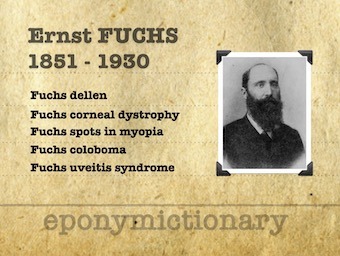
Ernst Fuchs
Ernst Fuchs (1851-1930) was an Austrian Professor of Ophthalmology. Eponyms: Fuchs Dellen, Fuchs Corneal dystrophy, Fuchs Spots in myopia, Fuchs uveitis syndrome and Fuchs coloboma.

Ernst Fuchs (1851-1930) was an Austrian Professor of Ophthalmology. Eponyms: Fuchs Dellen, Fuchs Corneal dystrophy, Fuchs Spots in myopia, Fuchs uveitis syndrome and Fuchs coloboma.
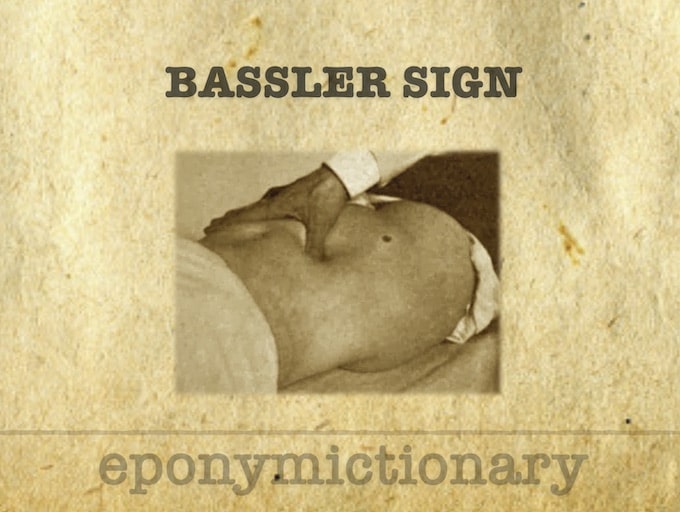
Anthony Bassler (1874-1959) was an American gastroenterologist. In 1913 he described Bassler sign: compressing the appendix to assist in diagnosing chronic appendicitis.
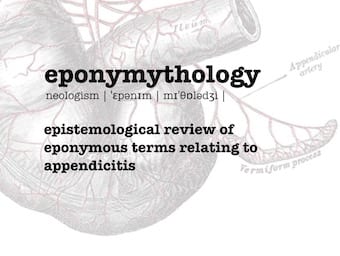
Aaron sign: referred pain felt in the epigastrium upon continuous firm pressure over McBurney's point, indicative of chronic appendicitis (1913) by Charles Dettie Aaron (1866-1951)
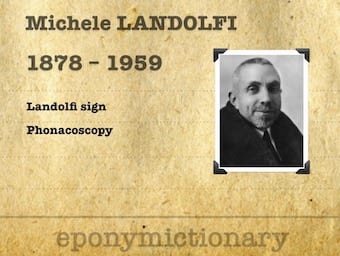
Michele Landolfi (1878 - 1959) medico italiano. Phonacoscopy (1906) Landolfi sign in severe aortic regurgitation (1909)
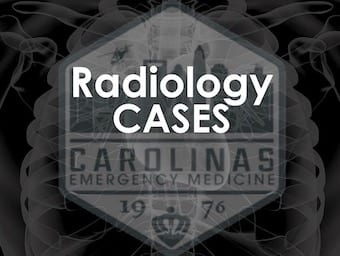
January 2021 Adult Emergency Medicine Chest X-ray interpretation with Travis Barlock, MD and Breeanna Lorenzen MD
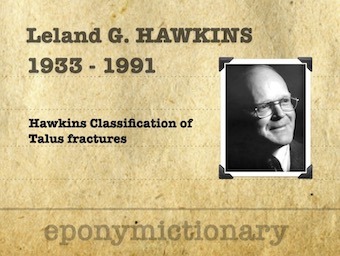
Leland Greene Hawkins (1933 - 1991) was an American orthopedic surgeon. Hawkins classification system for talar neck fractures (1970) revolutionized management and helped quantify the risk of progression to avascular necrosis

Piotr Porfiryevich Sitkovskiy (Петр Порфирьевич Ситковский) (1882 – 1933) was a Russian surgeon. Sitkovskiy sign (1922) appendicitis
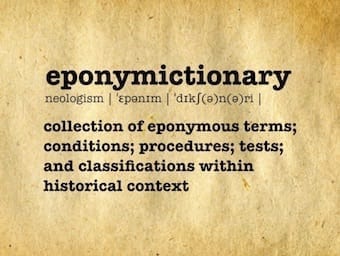
Farouk Massouh is a British General Surgeon eponymously associated with the Massouh Sign in acute appendicitis
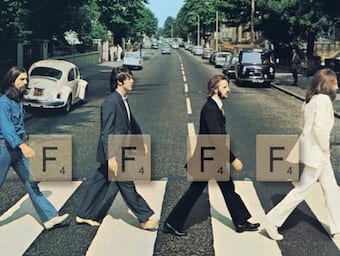
Funtabulously Frivolous Friday Five 333 - Just when you thought your brain could unwind, enter the medical trivia of FFFF.
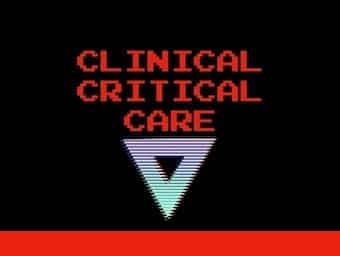
Wendy Chang takes us through the use of ultrasound for lumbar puncture and how this should be used consistently, not just for difficult cases and field cases.
Biography Born Died Medical Eponyms Wilson precordial leads Early description of WPW Key Medical Contributions Major Publications Wilson FN. A case in which the vagus influenced the form of the ventricular complex of the electrocardiogram. 1915. [Reprint: Ann Noninvasive Electrocardiol. 2002…
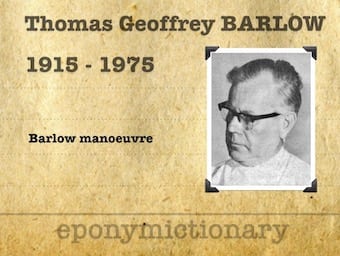
Thomas Geoffrey Barlow (1915-1975) English Orthopaedic surgeon. Barlow maneuver (Barlow test) screening for developmental dysplasia of the hip in infants